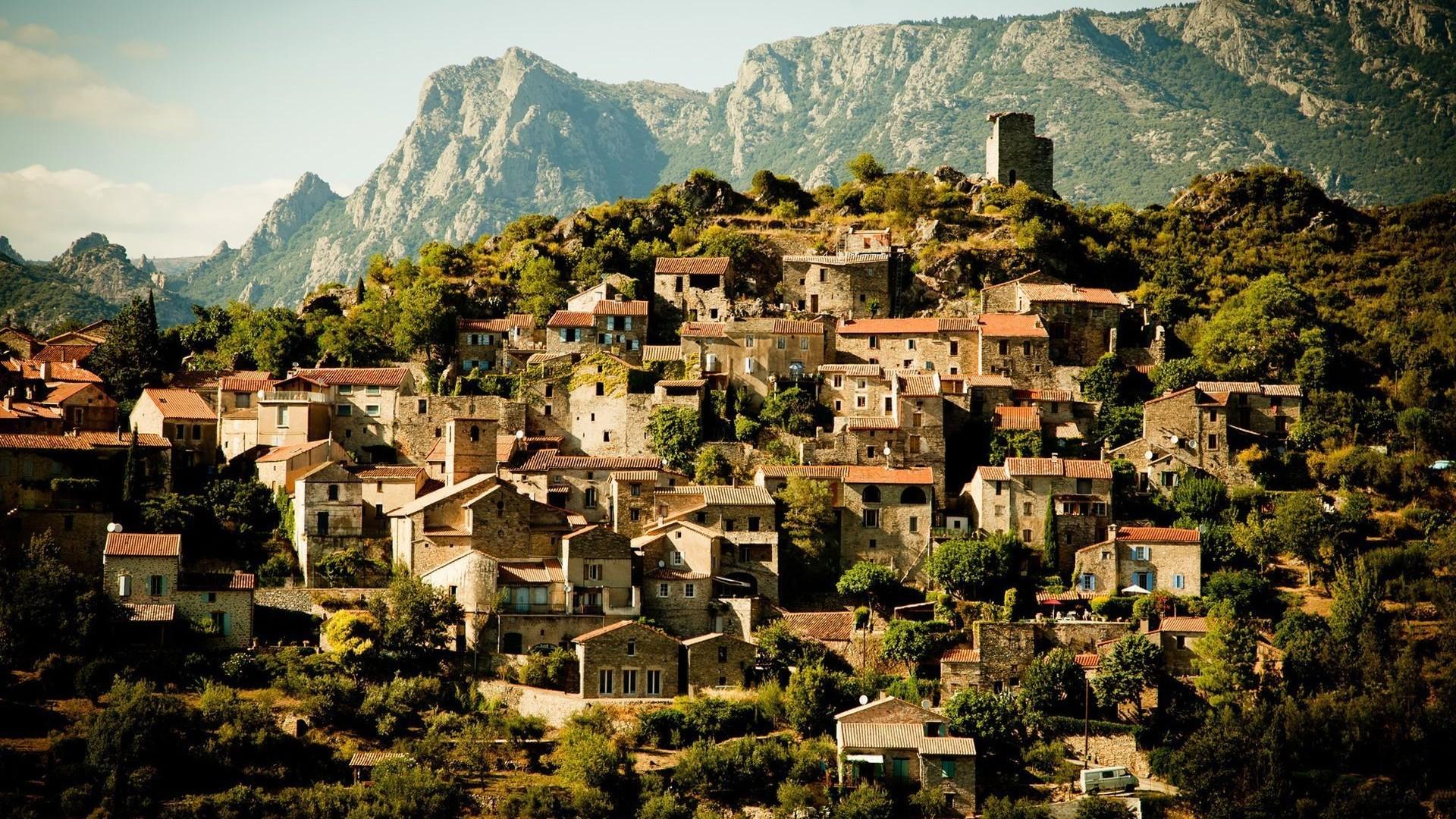City dwellers may see conventional burials become a luxury, available only to the very wealthy, as urban crowding makes available space scarce. Cities and cemeteries have been forced to adapt and innovate so that those who want it continue to have access to burial, in one form or another. The options for cemeteries are change, shrink, or disappear.
Despite the density of most urban living spaces, many still expect to “die in villas,” as dense-burial design specialist Tuvia Sagiv describes the relatively large size of most burial plots. The extra demand for space spawned by burial expectations is especially strong in cultures that discourage cremation, where people have no option but to compete—meaning pay more—for increasingly scare real estate. Urban cemeteries are filling up without room to grow. The effects are obvious: The number of cremations nationwide in the United States has risen to 30 percent in the past 30 years.
Two other issues complicate the challenge cemeteries face. Disasters such flooding, which can unbury bodies in crowded cemeteries, mean burial itself must be approached in a new way, both to keep the bodies underground and to save the families the hardship of having to rebury loved ones. Both cremation and modern burial have some adverse environmental impacts, making them unappealing to many. A number of cities are already implementing innovative cemetery management strategies that build urban resilience.
[infobox]Cemeteries have three options: change, shrink, or disappear.[/infobox]
One response to this scarcity is to build up—creating vertical cemeteries similar to apartment buildings. The Yarkon Cemetery on the outskirts of Tel Aviv, Israel, has already begun applying this approach. The cemetery has 150 acres of space housing approximately 110,000 occupied graves. But 30 vertical structures are in the works, which will add 250,000 additional graves without increasing its acreage.
From our partners:
Another option, this one developed for the 2011 Skyscraper Competition, turns the idea of “building up” on its head while addressing the need to avoid further urban sprawl. “Tower for the Dead” by Israel López Balan, Elsa Mendoza Andrés, and Moisés Adrián Hernández García, aims to deal with the increasing crowding of Mexico City by building down into the earth. Conceived as a “large-scale screw with curved retaining walls and ramps with an enormous light-well that provides light and ventilation,” the design is space-efficient, adaptable to growing burial needs, and sensitive to how burial space impacts a family’s grieving process.

Other cemetery innovations focus on greening and environmental issues as well as space constraints: stacked caskets in mausoleums instead of individual crypts, native plants encouraged instead of manicured grass, and handheld GPS instead of headstones to find loved ones. These are easy-to-adopt applications of new tech that many cities are considering to create space for burial while making that space more environmentally friendly and useful.
These inevitable pressures on cemeteries to change how they function present a challenge for cities, but it is also an opportunity to focus on resilience. Innovative approaches to dealing with the body of the deceased can have a number of broader benefits: they can introduce new methods that aren’t as harmful to the environment, facilitate social cohesion, and ensure those who want it can afford access to essential cultural practices. And in so doing, they can make the cemetery, and thus the city, more resilient and less susceptible to disruptions.
This article originally appeared on 100 Resilient Cities.














